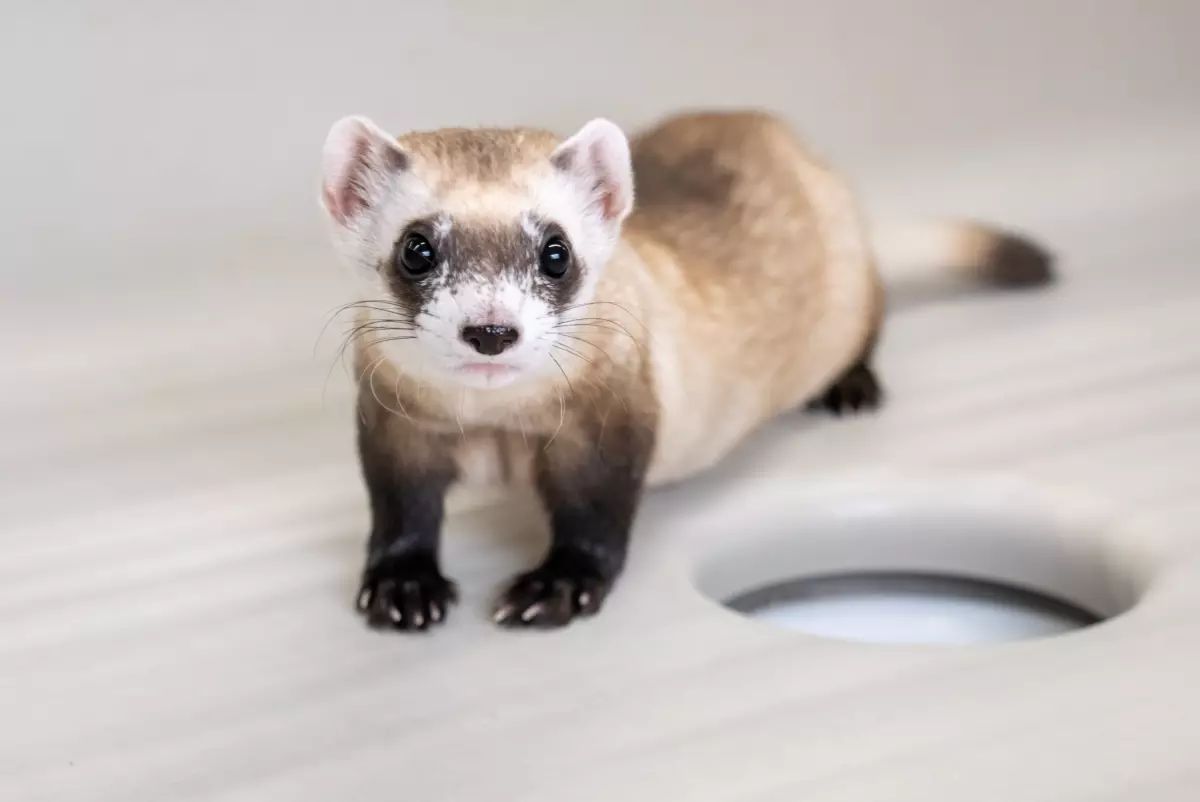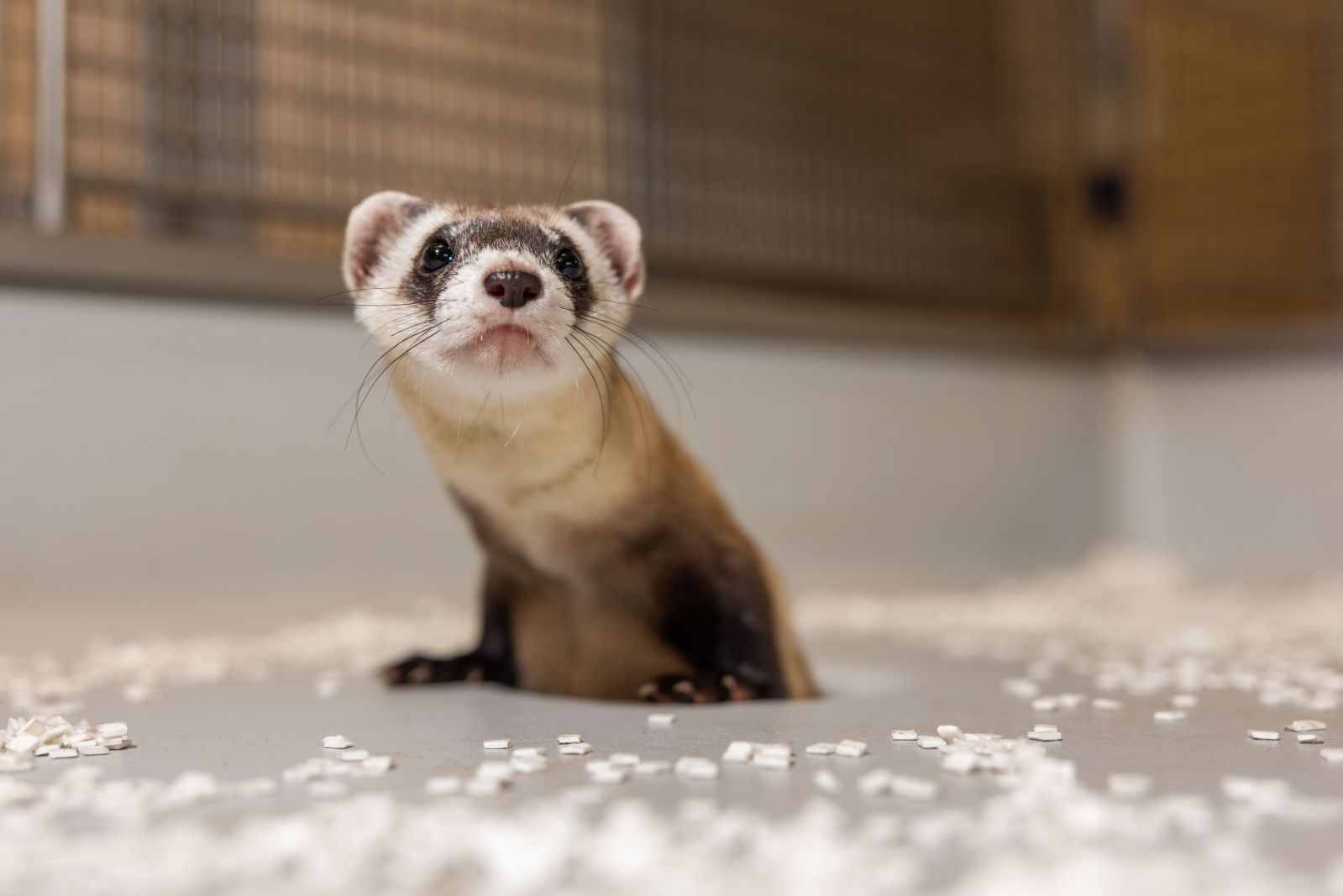Cloning may save this animal species from extinction
Published by Cédric,
Author of the article: Cédric DEPOND
Source: U.S. Fish and Wildlife Service
Other Languages: FR, DE, ES, PT
Author of the article: Cédric DEPOND
Source: U.S. Fish and Wildlife Service
Other Languages: FR, DE, ES, PT
Follow us on Google News (click on ☆)

Photo By/Credit: Kika Tuff/Revive & Restore
Noreen was born at the National Black-footed Ferret Conservation Center in Colorado, while Antonia resides at the Smithsonian National Zoo and Conservation Biology Institute in Virginia. Both have been cloned from the same genetic material as Elizabeth Ann and exhibit development and behavior that meet expectations.
Elizabeth Ann, Noreen, and Antonia were cloned from tissue samples taken in 1988 from a black-footed ferret named Willa, stored at the Frozen Zoo of the San Diego Zoo Wildlife Alliance. These samples contain three times more unique genetic variations than the current population average. Introducing these previously unrepresented genes could significantly benefit the species' genetic diversity.
The living black-footed ferrets are all descendants of the last seven wild individuals, which presents unique challenges for their recovery. Cloning and related genetic research offer potential solutions, thus complementing habitat conservation efforts and reintroduction into the wild.

Photo By/Credit: Roshan Patel/Smithsonian Conservation Biology Institute
Ongoing genetic research includes efforts to obtain offspring from Noreen and Antonia, which would significantly increase the species' genetic diversity. This research also aims at other long-term goals, such as developing resistance to sylvatic plague and potentially other diseases.